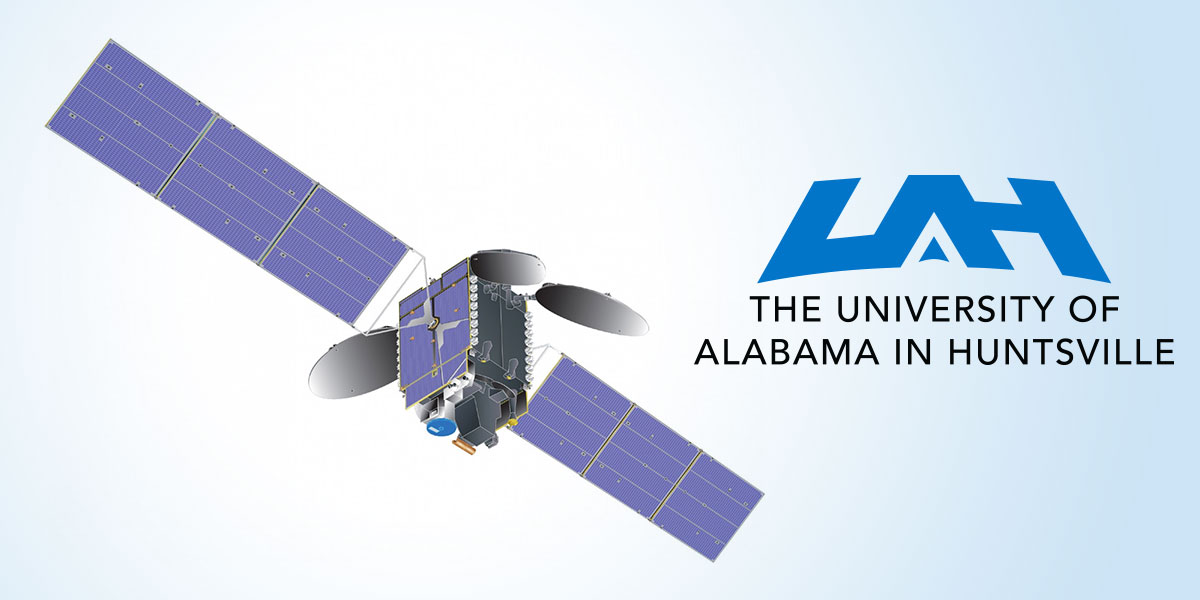Improved air quality monitoring is the goal of a research collaboration to develop a machine learning model that involves The University of Alabama in Huntsville (UAH), a part of the University of Alabama System, and Spelman College in Atlanta.
“The model being developed will incorporate unprecedented satellite observations of air pollutants in the troposphere, along with other key data, such as meteorology, land cover/land use and human activity data, to provide assessments on ground-level pollutants, offering more complete coverage than ground-based monitors do currently,” says Dr. Aaron Naeger, a research scientist in the Earth System Science Center at UAH and a NASA employee.
The work is being funded by a three-year, $358,578 National Science Foundation grant. It teams Dr. Naeger, as co-principal investigator, with principal investigator and UAH alumnus Dr. Guanyu Huang, an assistant professor of environmental and health sciences at historically Black institution Spelman College.
“We’re developing a machine learning model to advance the use of satellite observations for inferring ground-level nitrogen dioxide and ozone, two criteria air pollutants monitored by the Environmental Protection Agency,” says Dr. Huang. “This machine learning model is based on a comprehensive dataset including meteorological fields, land cover and land use, emissions, human activity data, etc.”
The project will also support the application of hourly daytime nitrogen dioxide and ozone observations from the NASA Tropospheric Emissions: Monitoring of Pollution (TEMPO) satellite mission, planned for launch to geostationary orbit in November 2022. Dr. Naeger is the deputy program applications lead for TEMPO and leads its Early Adopters Program to prepare stakeholders and end-users in the application of TEMPO’s science data products.
“We aim to provide comprehensive spatial information of hourly ground-level nitrogen dioxide and ozone concentrations, which will significantly improve upon the rather sparse coverage from ground-based monitors alone,” Dr. Naeger says.
The research seeks to improve the understanding of the processes that determine ozone distributions, especially in regions of high heterogeneity such as urban areas. It also will aid in estimating the impacts of air pollution on human health and the ecosystem and build on the understanding of the variations and trends of ozone and its impacts on atmospheric composition and chemistry, climate, human health, agriculture and the ecosystem.
“The air quality information from this project could be used to better inform the public of unhealthy air quality conditions at the surface where people live, especially across the large portions of the U.S. without ground-based monitors,” Dr. Naeger says.
Alerting the public in a timely manner about air quality conditions in their local area, including groups sensitive to air pollution such as children, older adults and people with asthma, means that individuals can take action more quickly to stay indoors or take precautions to minimize the harmful effects from breathing unhealthy levels of nitrogen dioxide and ozone.
Spelman College will recruit two students from under-represented groups for three years to work on the research.
“UAH will also get involved in mentoring students,” says Dr. Huang. “This project creates a pipeline between Spelman College and UAH for students from under-represented groups in STEM fields.”
(Courtesy of UAH)













